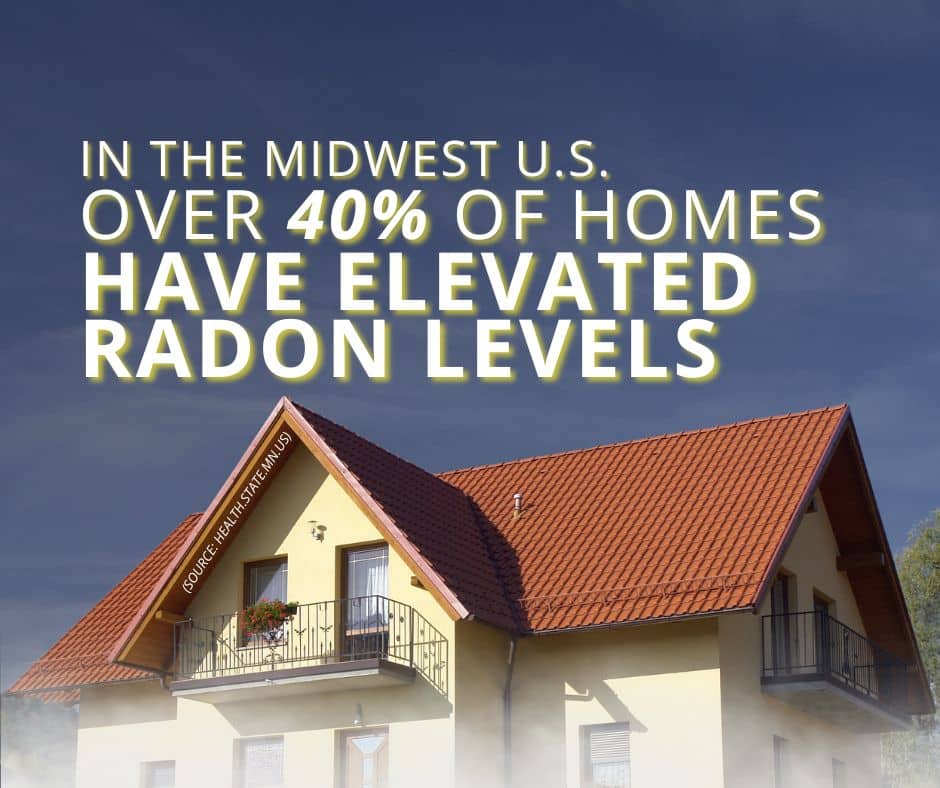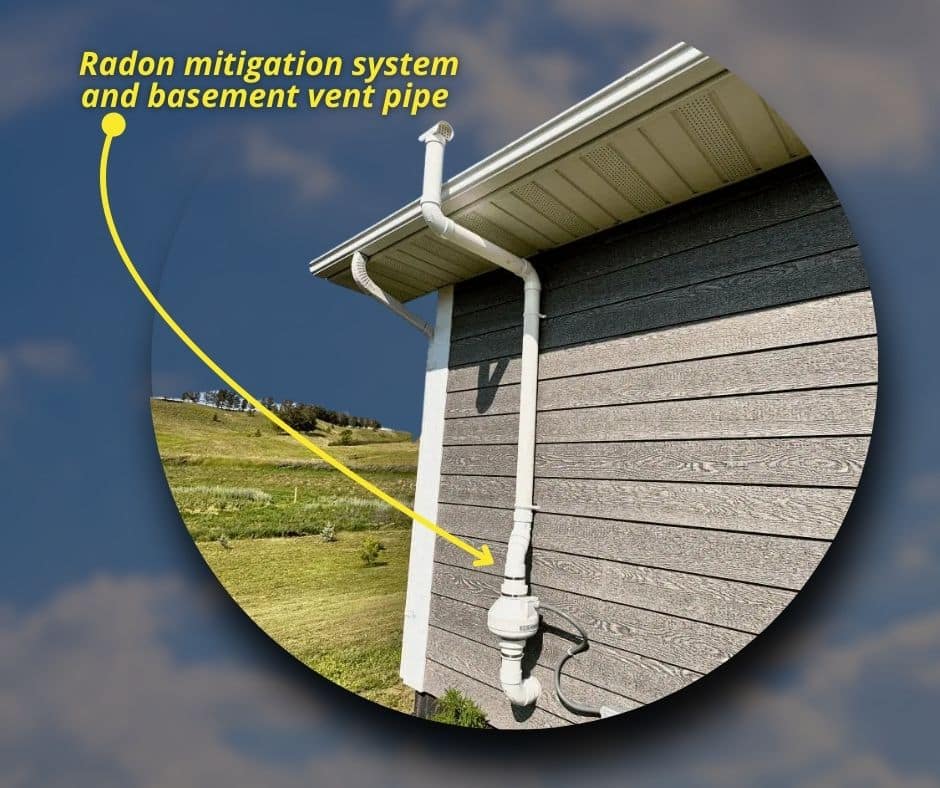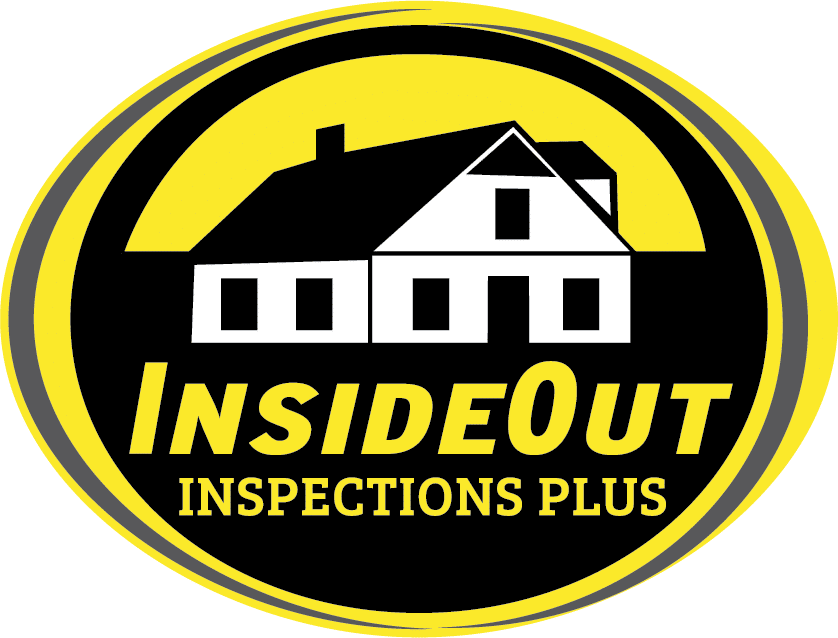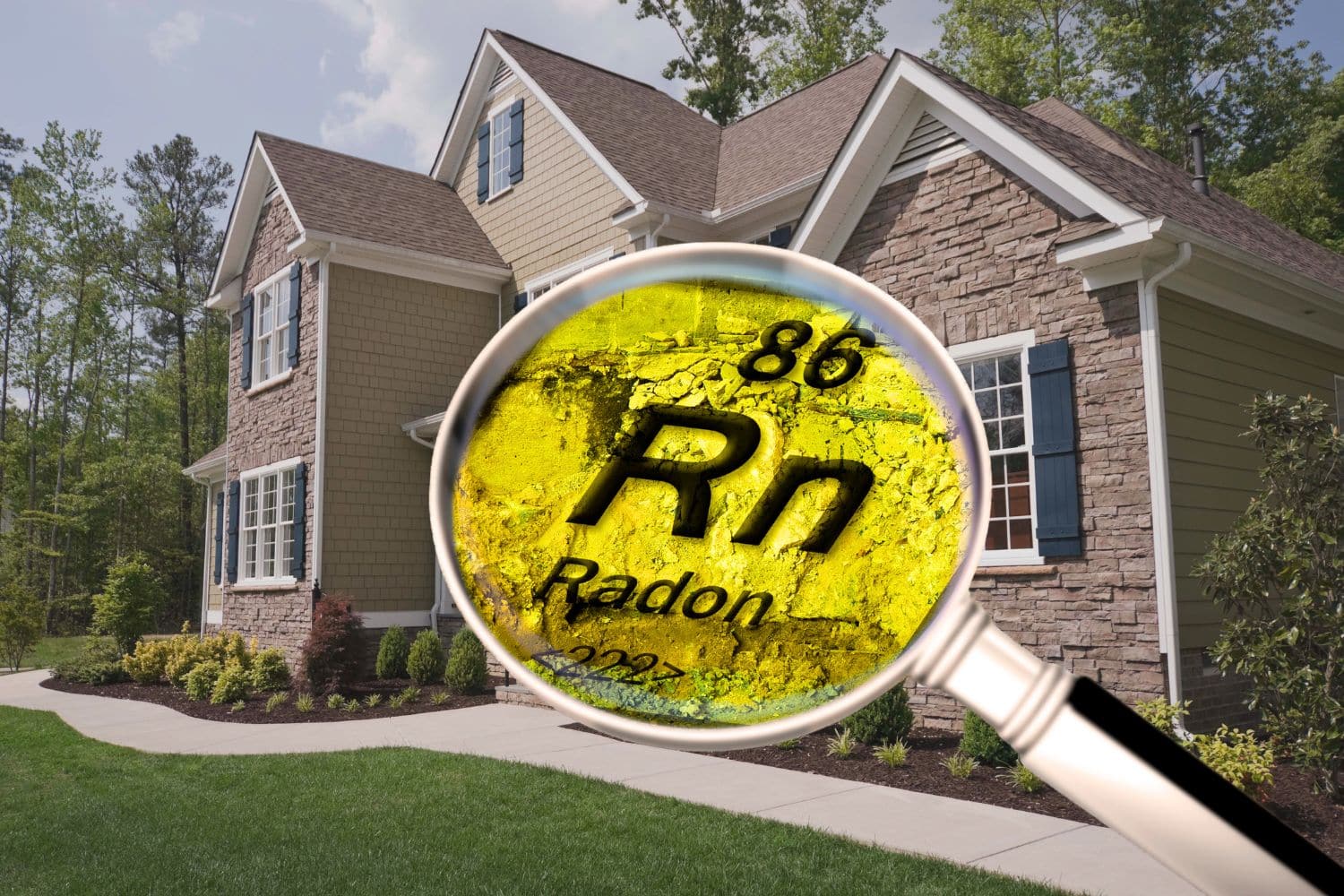Radon is a naturally occurring gas that can build up in homes without any warning. It has no smell, taste, or color. But when it reaches high levels, it becomes a serious health risk. So how does radon mitigation work?
Many homeowners want to know what happens if their home tests high for radon. And while the InsideOut team doesn’t install these systems, we do offer radon testing for homes across the region. That first step (testing) is the only way to know if your home needs mitigation in the first place.
This guide walks through what radon is, how mitigation works, and why professional testing should always come first.
What Is Radon?
Radon is a radioactive gas that forms naturally in soil and rock. As it rises through the ground, it can seep into homes through cracks in the foundation, crawl spaces, sump pump openings, and other unsealed gaps.
The biggest concern with radon is long-term exposure. About 21,000 lung cancer deaths per year in the U.S. are caused by radon. That makes it the second leading cause of lung cancer, just behind smoking.
Because it builds up silently and slowly, many homeowners don’t realize they have a radon problem until they test. And in parts of Ohio and Michigan, radon levels are often high due to soil composition and weather conditions.

What a Radon Mitigation System Does
If a home tests above the EPA’s action level of 4.0 pCi/L (picocuries per liter), a mitigation system is recommended. These systems are designed to pull radon out from under your home before it can enter your air supply.
Here’s how the most common system works:
1. Sub-Slab Depressurization
- A mitigation contractor drills a hole in the basement floor or slab to reach the soil underneath.
- A pipe is placed in this hole and connected to a vent system.
- A quiet fan is installed, usually in the attic or outside, to pull radon gas through the pipe and vent it above the roofline.
This setup creates negative pressure under the home. Instead of rising into your living space, radon gas is redirected and safely released into the outside air.
2. For Homes Without a Basement
If your home has a crawl space or is built on a slab, mitigation still works. The contractor may seal off the crawl space with a thick plastic vapor barrier and then use a similar vent pipe and fan system to move radon out from beneath it.
3. Ongoing Monitoring
Once installed, the mitigation fan runs continuously to keep levels low. It does use electricity but only a small amount. After installation, the home should be retested to make sure the system is working properly.
Why Radon Testing Is the First Step
Before you can know whether your home needs a radon mitigation system, you have to test. InsideOut Inspections Plus offers radon testing, using professional-grade equipment for accurate results.
Short-term tests typically take 48 hours and are placed in the lowest livable level of the home. After the test period, the device is collected and analyzed, giving you clear data on your radon exposure.
- There are no visible signs of radon. Only a test can detect it.
- You can’t predict radon levels based on your neighbor’s results. Every home is different.
- Even newer homes can have high radon. Construction methods don’t guarantee protection.
- Radon is present year-round. But testing is especially important during cooler months when windows stay closed.
The EPA recommends retesting every 2 to 5 years, or after major renovations, foundation work, or installing a mitigation system.
What to Do If Your Levels Are High
If your radon levels are above 4.0 pCi/L, the next step is to call a licensed radon mitigation contractor.
This person will assess the home’s layout, choose the best mitigation method, and install the system.
The cost to install a radon mitigation system typically ranges from $1,200 to $3,000, depending on your foundation type, home size, and fan placement. After installation, you should have the home retested to confirm that the system brought levels down.
According to the American Lung Association, a well-installed mitigation system can work to reduce radon levels by 50% to 99%.

Other Related Questions
Is radon mitigation permanent?
Yes, as long as the system is working properly and the fan is running, it provides ongoing protection. Some homeowners choose to add a radon alarm for peace of mind.
Can I install a mitigation system myself?
No. DIY methods are not effective. A licensed contractor is trained to evaluate airflow, pressure, and gas levels correctly.
Do I still need to test after installing mitigation?
Yes. You should retest after installation and continue testing every few years to make sure the system is still doing its job.
What’s the difference between testing and mitigation?
Testing tells you whether there’s a problem. Mitigation is the only solution that will work if high radon is found.
When to Call a Professional
You should schedule a radon test if:
- You’ve never had the home tested
- You’re buying or selling the property
- It has been more than five years since your last test
- You’ve finished the basement or made structural changes
- You want peace of mind before cooler weather sets in
InsideOut Inspections Plus offers professional radon testing that can fit seamlessly into your service visit.
The process is quick, affordable, and provides results you can trust. If the results are low, you’ll have peace of mind. If they’re high, you’ll have the information you need to take action.
They also check for other common home hazards, giving you a complete look at the property’s condition and indoor air safety.
Conclusion
Radon mitigation systems work by creating a vacuum that pulls gas from beneath the home and vents it outside. They’re highly effective but only needed if your radon levels are high.
That’s why testing is the most important step. Whether you’re buying a home or have lived in yours for years, testing gives you real answers.
If you live in Ohio or Michigan, schedule a radon test with InsideOut Inspections Plus and take a smart step toward a safer home.


